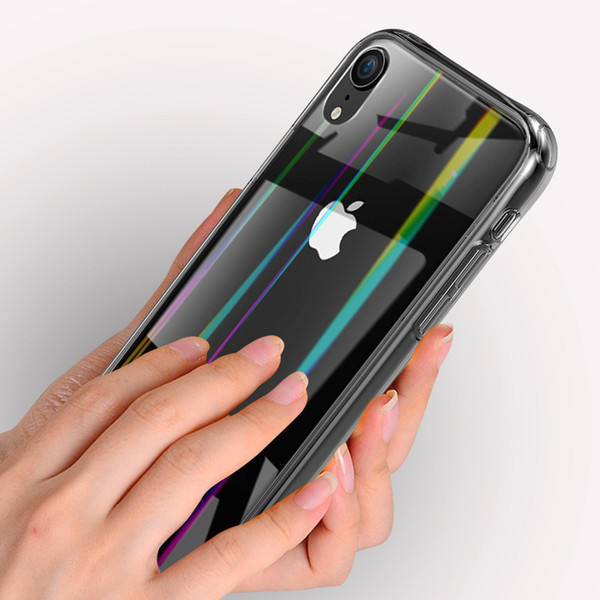OTW Editorial: Hi-Tech Phone Companies Returning Big to Paper?
![]() Print this Article | Send to Colleague
Print this Article | Send to Colleague
Samsung has announced in a press release earlier this week its intentions to become considerably more environmentally friendly. The company will ditch product plastic packaging and replace it with various alternatives, including paper, pulp, and other recycled materials.
The only downside is that, at least during early phases of production, eco-paper based packaging producers have no sustainable way to achieve the same gloss. But in an era of phone screens becoming as glassy (and often as fragile) as mirrors, perhaps the glossy finish is becoming redundant as part of displaying the product’s "glitz".

One report this week chose to use a rather pointed description alluding to phone/tech manufacturers and e-shippers choosing to go with paper (bio-mass) over plastics and other types of petrol-mass refined goods. The writer stated that many companies are "guilty of swathing their brand-new tablets and smartphones in masses of plastic packaging, but it seems Samsung wants to act upon this by repackaging all of its products – from smartphones and tablets to washing machines and televisions." First of all, what Samsung is doing is great for both the environment and our financial health in the industry; so as to continue supplying jobs with safe benefits and a living wage (as OTW mentioned last-week, Sustainability now means more than just environmental responsibility – it means social responsibility). Smartphones, tablets, and wearables will now come in pulp mold holder trays and the little plastic bags that were until now used for device accessories will be made with "eco-friendly materials" likely, as we know within the industry, this probably means mostly bio-materials largely from forest residual bio-mass.
But lets not forget that the most prominent manufacturer of smart-phones, Apple Inc., has done more than simply jump on a bandwagon. In 2015-2018 multiple times we’ve reported on the company making significant investments not into changing their packaging – but changing where it comes from by buying some of the most important land possible to put towards sustainable and renewable use in the packaging they use – and they’ve not just done that in any nation where doing so might be most profitable, they are choosing to focus on the Carolina (USA) wetlands.
One interesting, important step here Samsung will be making that could seem initially trivial at first is the change of finish for phone chargers. But so far we have mainly if not exclusively been talking about packaging being replaced... Yet indeed, as part of this transition towards an embrace of paper "inside-and-out" for Samsung phones, the glossy chargers of old will be replaced by those adorned with a matte finish along wit its eco-friendly paper surrounding packaging. However, when you consider that the South Korean company ships hundreds of millions of smartphones a year alone (not including tablets, watches, etc.) that’s a lot of unnecessary gloss paint.
Pictured above: In the Paper Industry, it's a well established fact that glossy SC or Magazine Grades are not cheap, but tend to hold a very important niche when it comes to reading and seeing quality on paper. On phone packaging and even in phone parts, this may not be nearly as important... especially as the design is becoming so much the norm. and no longer the "next big thing".
Pictured above: In the Paper Industry, it's a well established fact that glossy SC or Magazine Grades are not cheap, but tend to hold a very important niche when it comes to reading and seeing quality on paper. On phone packaging and even in phone parts, this may not be nearly as important... especially as the design is becoming so much the norm. and no longer the "next big thing".
The week's reports of the company’s new strategy also pointed out that plastic protection films chargers usually come in will also be phased out. In mid-2015-2016 OTW reported and highlighted on the association’s homepage the news of the first promising true current handling and manipulating of electronics in both the first paper batteries; and in the impressive "moving electric model cities" put together by artists on the cutting edge of both the fiber (pulp and paper) and the fiberoptic (advanced wire conductive) mediums they are working with in ways that may indeed be living up to even higher, commercial promise as we head into the 2020s.
Editorial Reporting by Dylan Patrick
Next: A Look at How Apple Might Historically be the Most Paper Friendly Computer Tech Company


